Our annual PMD hatches are in full swing now – along with a few bazillion caddis – and the fishing has been spectacular when the weather cooperates. It has more than not this month.
If you want to know a bit more about Pale Morning Duns (Ephemerella), we recommend a couple of bug-nerd sites. Both West Fly and Troutnut have some great detailed information and images of theses bugs. They also do a pretty good job of keeping things up to date. (For example: I did not know that Ephemerella Infrequens – our smaller Western PMD – have been lumped with two other sub species into Ephemerella Excursions! Who knew!)
Understanding the hatch is an important part of angler success, and it has occurred to me that in recent years, “hot flies” have become so important to most anglers, that very few understand “why” the hot new fly is so effective.
These have all been the hot new fly at one time or the other over the last 25 years. They still are very effective PMD patterns, if you know when to use them.
WHAT HAPPENED TO UNDERSTANDING THE HATCH?
I was quickly re-reading both Westfly and Troutnut and I came upon this statement:
Trout take nymphs all day, and duns and emerging duns during the hatch. The best places are slow runs, backeddies, and under overhanging vegetation. Shortly before a hatch, dead-drift a nymph near the bottom. As the hatch begins, present a nymph near the surface or as a rising nymph. As trout begin taking duns off the surface, tie on an emerger, cripple, or dun pattern.
Sounds simple. And if you’re my age you heard this many times from your mentors. But it occurred to me that “understanding the hatch” is no longer part of the formula for success. At least for those more recent to the sport.
In the instagratification iWorld we live in, no one cares. When I’m in the shop, nearly every customer – and many guides – simply ask “what’s the hot fly?” They really aren’t interested in the “why”. Just what works. It doesn’t even need to be referred to as a “PMD” pattern. It just needs to work.
Which is fine. I really don’t care if you have no interest in entomology. But, I am going to assume you have an interest in catching more fish. Or any, in some cases.
WHY
Understanding the insect life cycle and stages of the hatch helps you catch more fish, and here’s why:
Trout quickly switch between insects and stages of insect during the course of the typical June/July day on the Missouri River. The intensity of insects, light, wind, hatch, angle of the sun, angler pressure, and more can all affect what the fish you’re working eat.
Now, when it’s on, it’s on. There are those hero days when it seems you can throw anything in the river and they eat it.
But, there are those days when you can’t seem to figure it out. When I’m helping customers in the shop, I’m often answering questions about situations that occur when the fish go from easy to tough. To me it’s simple. Your double-nymph rig quit working because the fish elevated as the nymph began swimming to the surface. Shallow it up. They quit eating your dry because they switched to spinners. A very common situation on the Missouri River.
Analyzing what is happening in front of you involves a little self education about your prey and their food source. It does not involve switching from one fly to another because the first one didn’t work.
These are all thoughts that run through the brains of those who understand the mayfly life-cycle. And it’s not rocket science. Spend 30 minutes looking at the above sites and the links within and you’ll no doubt glean a piece of information that will come in handy soon. If you can quickly identify a change in the fish feeding behavior, you will stay on top of the game. If you’re going to switch from one hot fly to the next, then you’re just guessing.
Here endeth the lesson.

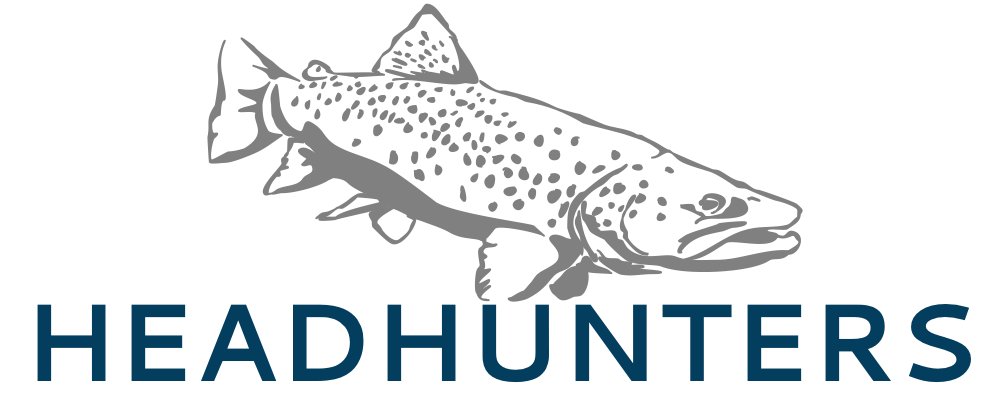

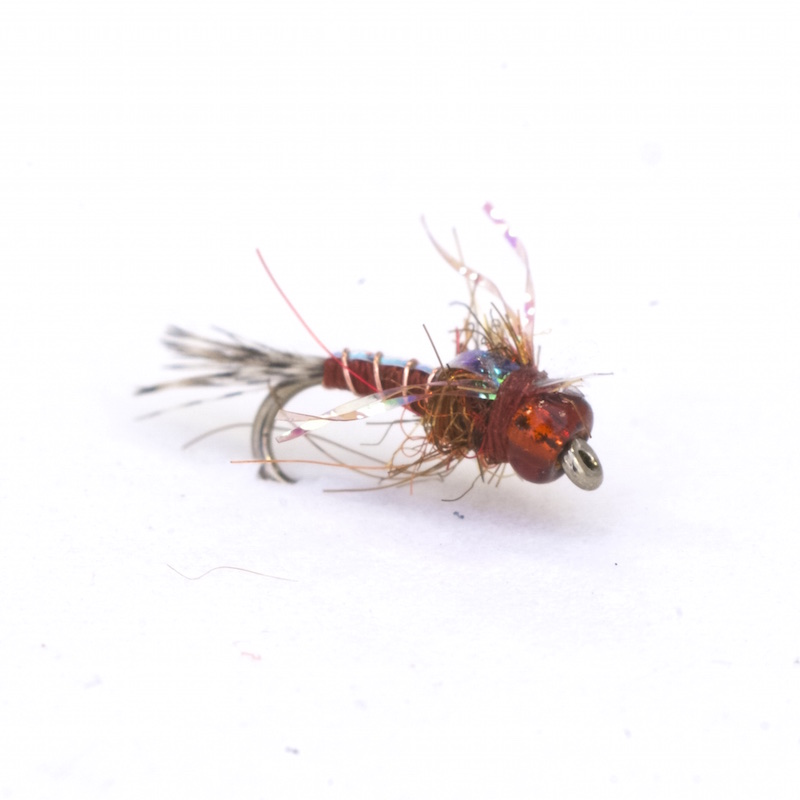
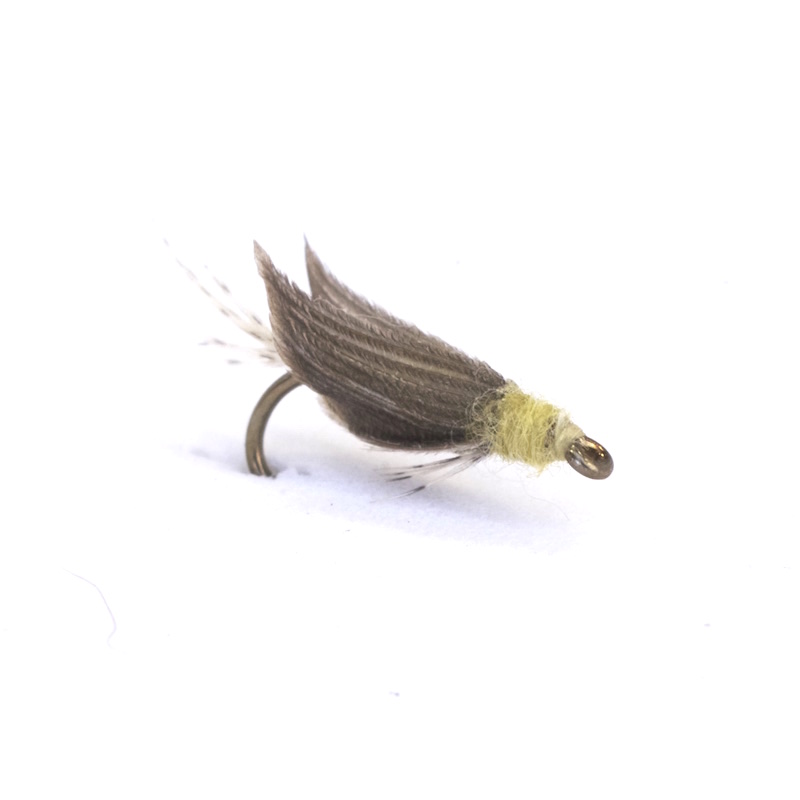
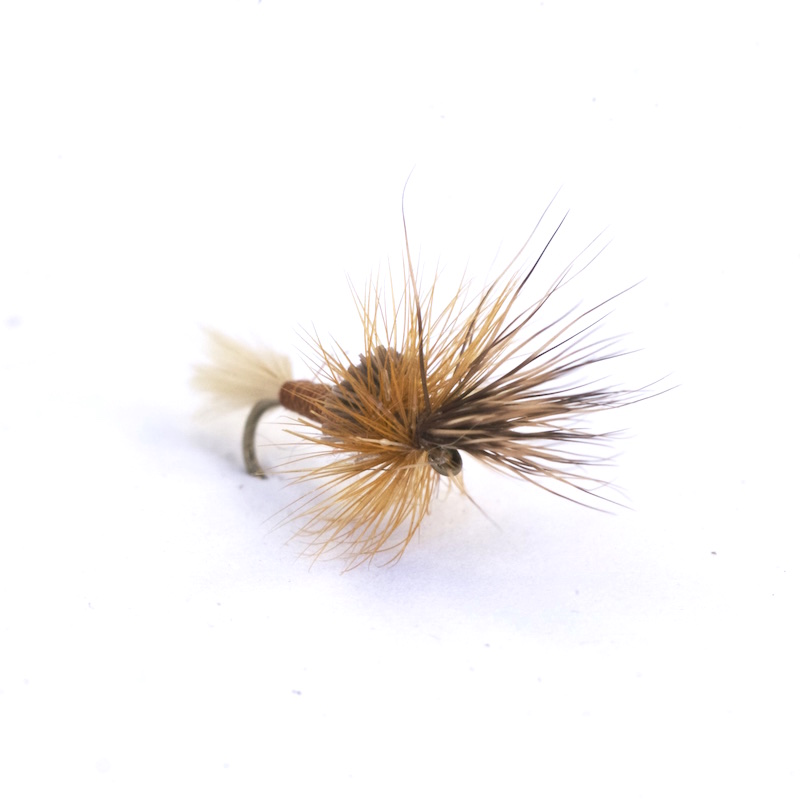
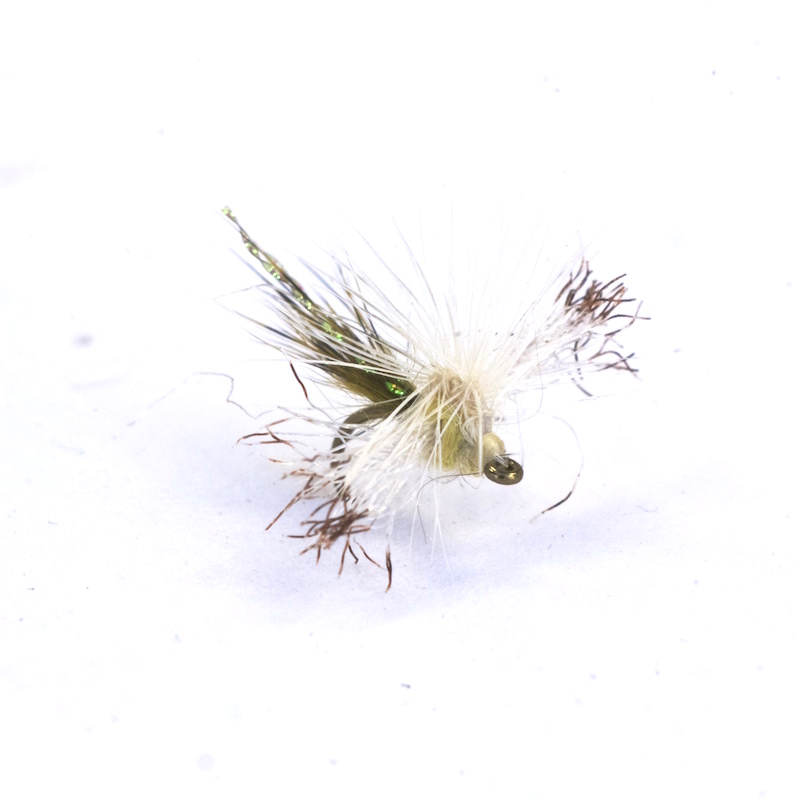
4 Comments.
Great post, so simple yet so complicated
I need my pmd degree
Thank you, great post, solid reminder.
This was a great post, particularly for those of us who THINK we understand what’s going on with a specific bug or may fly but have come up short , more often than not, with the PMD’s.I travel to Western Montana and the Idaho panhandle every year from the East and have been exasperated most years when trying to figure out what stage of the PMD insect form I should be fishing.I keep a detailed stream journal and have found that 90 pct.of the successful hook-ups I’ve had over a 10 year period I’ve obtained while the PMD’s were active have been on unweighted PMD nymphs,sizes #14 & #16, fished just under the surface. This post opened up my understanding of this hatch a little more.I love taking Cutties on top but this is a tough hatch to get consistent results on if you’re not prepared for the stage of this fly that the trout are taking…great post.